


xxxxxFollowing the Great Potato Famine of 1845 (Va) there was much hostility in Ireland against British rule. The uprising of 1848, as we have seen, did not succeed, but in 1858 The Fenian Brotherhood was formed in both America and Ireland, aimed at mobilising armed resistance against British rule. In 1866 an uprising in Ireland was quickly put down, but in February the following year, 1867, the Fenians came up with a daring scheme to seize a vast amount of rifles and ammunition at Chester Castle and convey this vital material to Ireland in time for a country-
THE FENIAN UPRISING OF 1867 (Vb)
Acknowledgements
Invasion: date and artist unknown – Library and Archives of Canada, Ottawa. Chester: by the Welsh artist Moses Griffith (1749-
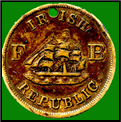 xxxxxAs we have seen, the Great Potato Famine which struck Ireland in 1845 (Va) was a disaster of monumental size. The death of close on a million people, the emigration of more than that number, and the blow that this dealt to an economy already pitifully fragile brought a serious deterioration in Anglo-
xxxxxAs we have seen, the Great Potato Famine which struck Ireland in 1845 (Va) was a disaster of monumental size. The death of close on a million people, the emigration of more than that number, and the blow that this dealt to an economy already pitifully fragile brought a serious deterioration in Anglo-
xxxxxIt is not surprising, therefore, that once the island had made some recovery from its ordeal, Irish Nationalism became a force to be reckoned with. As already noted, as early as 1848 a group of revolutionaries known as Young Ireland had launched an uprising against the government. Weak and unprepared, it had proved no match against the forces of the Crown. Ten years later, however, an 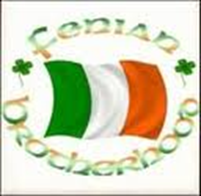 Irish-
Irish-
xxxxxThesexbrotherhoods were formed by two members of Young Ireland who had escaped capture: John O’Mahony (1816-
xxxxxBut the movement was not without its problems. Communication between the two groups was obviously hampered by distance, and the two prime-
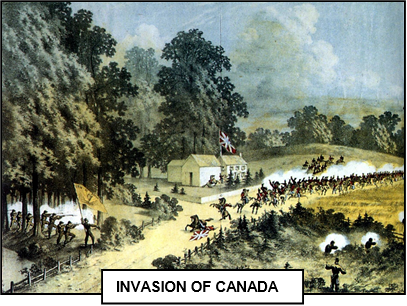
xxxxxIn June 1866 the movement in America, anxious to go on the offensive, organised an attack upon Canada in order to embarrass the British government. A force of some 800 men crossed the Niagara River and captured Fort Erie. But success was short lived. The invaders were quickly put to flight, and about 700 were arrested. Further attacks followed but all proved futile. Meanwhile in Ireland, learning that an uprising was being planned, the government shut down The Irish People in September 1866 and arrested Stephens. He managed to escape, but many others were taken into custody. Money and arms sent from America to assist the Fenians in Ireland were seized, and a number of British Army units in Ireland suspected of having Fenian sympathisers were withdrawn.
xxxxxUndaunted, early in 1867 a daring raid was planned on Chester Castle, aimed at seizing a large quantity of arms and ammunition and shipping it to Ireland to support a general uprising, scheduled to take place in March. Organised by Thomas Kelly and other veterans of the American Civil War, the plan was for two thousand lightly-
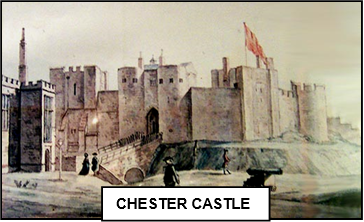
xxxxxThe viability of such an ambitious plan was never put to the test, and the whole operation ended in farce. The night before its operation (10th February ) the whole undertaking was leaked to the authorities by a police informer who had infiltrated the Fenian leadership in Liverpool. The caché of rifles was removed to the castle, the garrison was quickly reinforced, and a force of 500 troops was despatched from London. When, the following morning, a large number of Fenians, estimated at 1,300, arrived at Chester from all parts of the country, they were forced to scatter in all directions, discarding their weapons as they went.
xxxxxSome members of the leadership were arrested, but Kelly managed to escape. However, some months later he was captured in Manchester, together with a fellow conspirator, and this led to another crisis in Anglo-
xxxxxAt the same time there was a growing anti-
xxxxxThe failure of the attacks upon Canada, the abortive attempt to seize armaments from Chester Castle, and the consequent failure of the uprising in March 1867, marked the beginning of the end for the Fenian movement. It survived for many years but in name only. However, the bitterness aroused in England and Ireland by this train of events, together with the violent incidents that followed, served to give impetus to the finding of a political solution to the Irish Question. The government, in the person of the Prime Minister, William Gladstone, at last saw the need for drastic reforms in Ireland. Indeed, from 1868 his mission became the pacification of Ireland. As a start, the first Land Act was passed in 1870 to improve Irish agriculture, the Church of Ireland was disestablished the following year (ending the levying of tithes), and there was talk of Home Rule.
xxxxxBut there was still much to do to relieve the plight of the tenant farmers, many in serious debt due to bad harvests and continuing famine. Attacks against landlords and their agents mounted throughout the 1870s, and in April 1881 the government felt the need to suspend the Habeas Corpus Act so that troublemakers could be imprisoned without trial. It was a step too far for the men of violence lurking in the wings. As we shall see in May 1882 (Vc) the Secretary for Ireland and his undersecretary were stabbed to death while walking in Phoenix Park, Dublin. It was a stark reminder that there remained a bloody alternative to a peaceful solution. The troubles in Ireland were far from over.
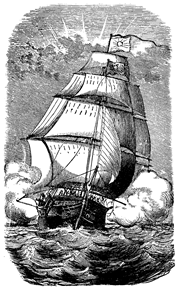
xxxxxIncidentally, in May 1867 the American Fenians, having promised to supply their Irish brothers with money and arms, and not believing that the uprising in Ireland two months earlier had ended in failure, sent a supply ship to Ireland. Named “Erin’s Hope” and loaded with a vast amount of rifles and ammunition, it avoided detection and reached the Irish coast near Helvic, County Waterford, on the 1st June. Thirty-
xxxxx…… Following the bomb outrage at Clerkenwell Prison in the December, a member of the Irish Republican Brotherhood named Michael Barrett, aged 20, was arrested. He was found guilty of murder on very dubious evidence and hanged outside Newgate Prison on May 26th 1868 in front of a large crowd. His hanging made history because it was Britain’s last public execution. Three days later a bill outlawing public execution was made law. ……
xxxxx…… The revolutionaries Marx and Engels both supported the cause for which the Fenians were fighting, but they criticised the Brotherhood’s tactics, arguing that terrorism -
xxxxx…… The Fenians took their name from the Fianna, a band of heroic Irish warriors of the 2nd and 3rd century AD.
xxxxxIt was in this year, 1867, that the Second Reform Act was passed, and this provided the Fenians with yet another opportunity to further their cause. ThexAct, like its predecessor in 1832 (W4), was preceded by a long period of public protest in favour of electoral reform, and there was much anti-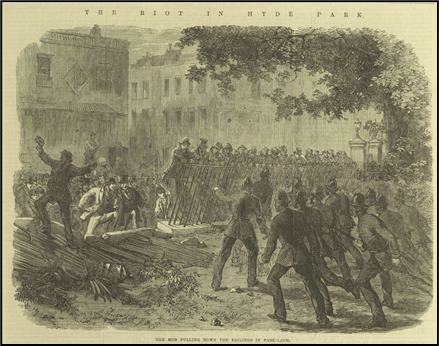 had created a nationwide demand for change. In the summer of 1866 there were two large rallies in Trafalgar Square, London, and this was followed by a huge gathering in Hyde Park, estimated at 200,000 strong. The police attempted to stop the crowds entering the park, but the park railings gave way and the meeting was held.
had created a nationwide demand for change. In the summer of 1866 there were two large rallies in Trafalgar Square, London, and this was followed by a huge gathering in Hyde Park, estimated at 200,000 strong. The police attempted to stop the crowds entering the park, but the park railings gave way and the meeting was held.
xxxxxThis “Hyde Park Railings Affair” greatly alarmed the government. Then In the winter thousands attended meetings in all the major cities across the country -
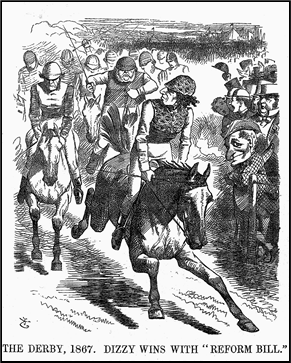
xxxxxAs we have seen, the First Reform Act of 1832 (W4) extended the right to vote to adult men who rented propertied land of a certain value. This gave the vote to about one in seven of the male population in the United Kingdom, and the number of voters more than doubled. At the same time pocket and rotten boroughs were abolished and parliamentary seats were more fairly distributed. The Act of 1867, largely the work of the Tory MP Benjamin Disraeli (then Leader of the House), brought about a further redistribution of seats, this time in favour of the large urban areas -
xxxxxIncidentally, one of the leading figures in the Reform League was the Liberal statesman John Bright, the man who, together with Richard Cobden, had led the fight to obtain the repeal of the Corn Laws in 1846.
Including:
The Second
Reform Act

Vb-


